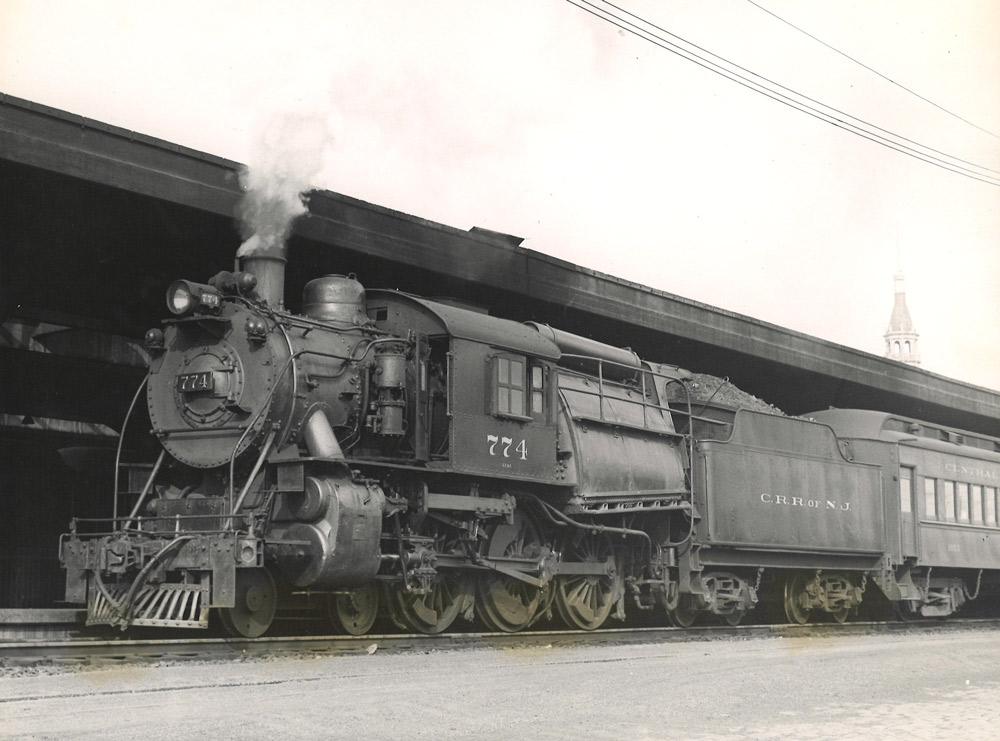
Camelback 4-6-0 steam locomotive No. 774
Jersey Central was a major user of Camelbacks. It had 111 “Mother Hubbard” 4-6-0s, built between 1900 and 1918. In 1954, more than 10 years after this photo, Ten-Wheeler 744 became the last Camelback on any main line, and the last steam engine in service on CNJ.
Photograph by H.F. Harvey

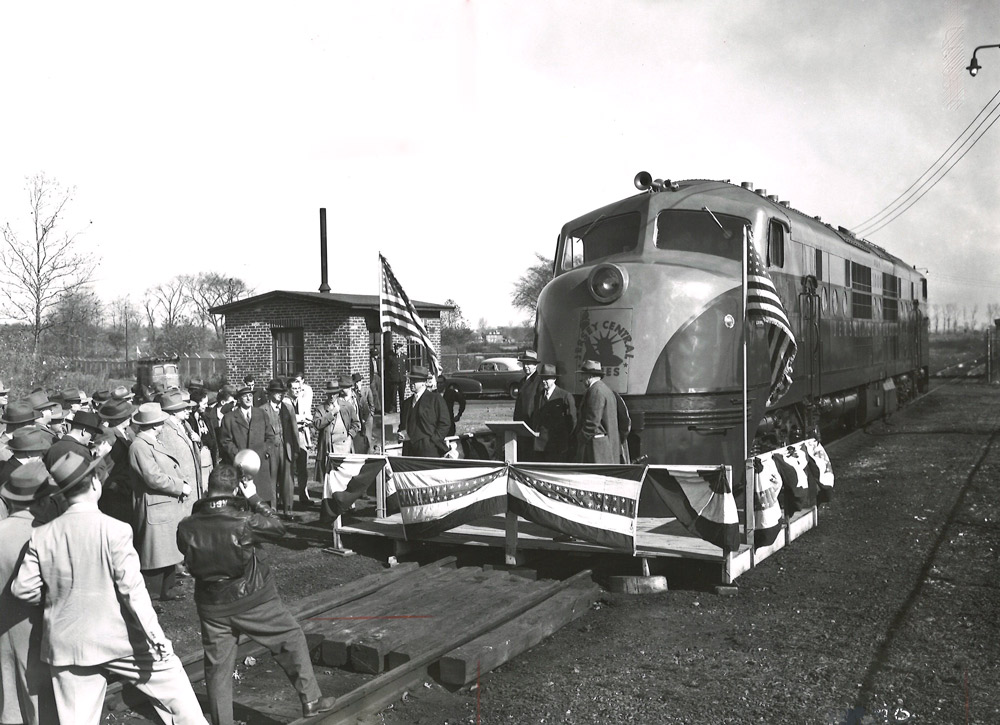
Baldwin DR-6-4-20 diesel locomotive No. 2000
Baldwin and Jersey Central officials take part in a ceremony centered on the first of CNJ’s six DR-6-4-20 passenger diesels at the builder’s Eddystone, Pa., plant on November 6, 1946. CNJ 2000–2005 was the only fleet of double-ended road diesels in North America.
Baldwin, H. L. Broadbelt collection

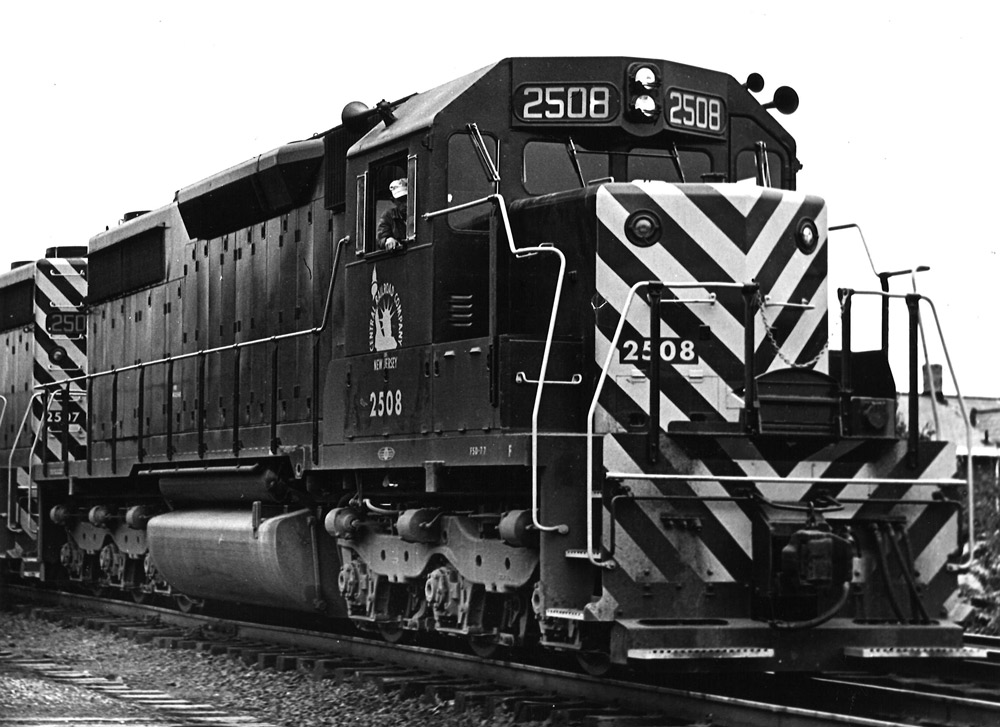
EMD SD35 diesel locomotive No. 2508
In 1965, Jersey Central received its first new power in nine years: a dozen green SD35 freight units, Nos. 2501–2512.
Photograph by Gardley Glaser

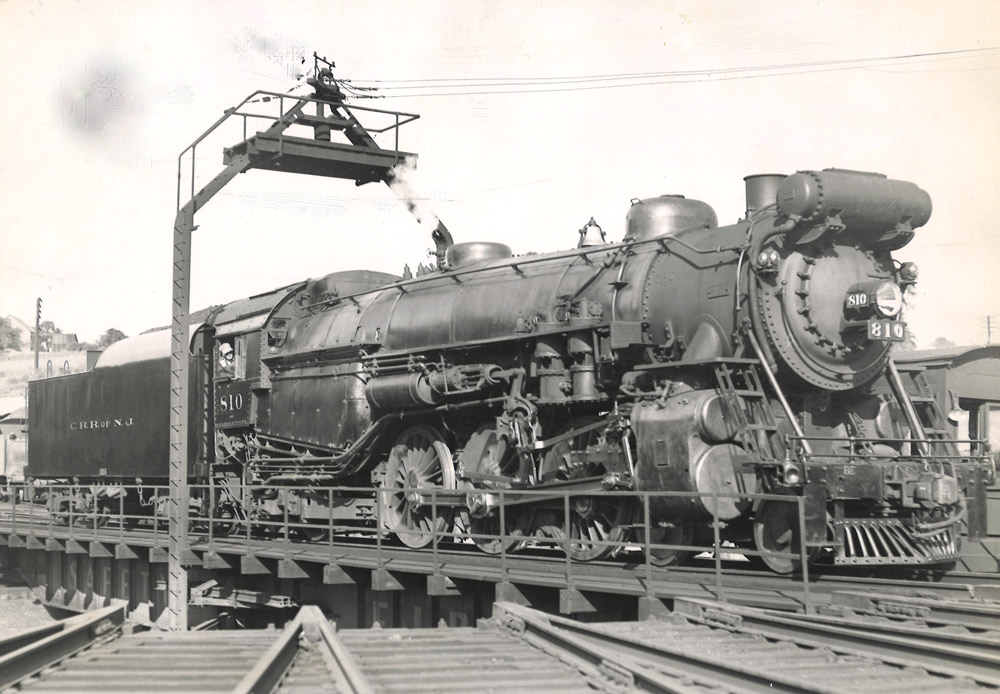
4-6-2 steam locomotive No. 810
Jersey Central’s top steam-era passenger power was the 4-6-2 type, of which the road had 21 examples in three classes. The last steam engines to join CNJ’s roster were class G4s Pacifics 801–814 in 1930.
Photograph by Bruce D. Fales

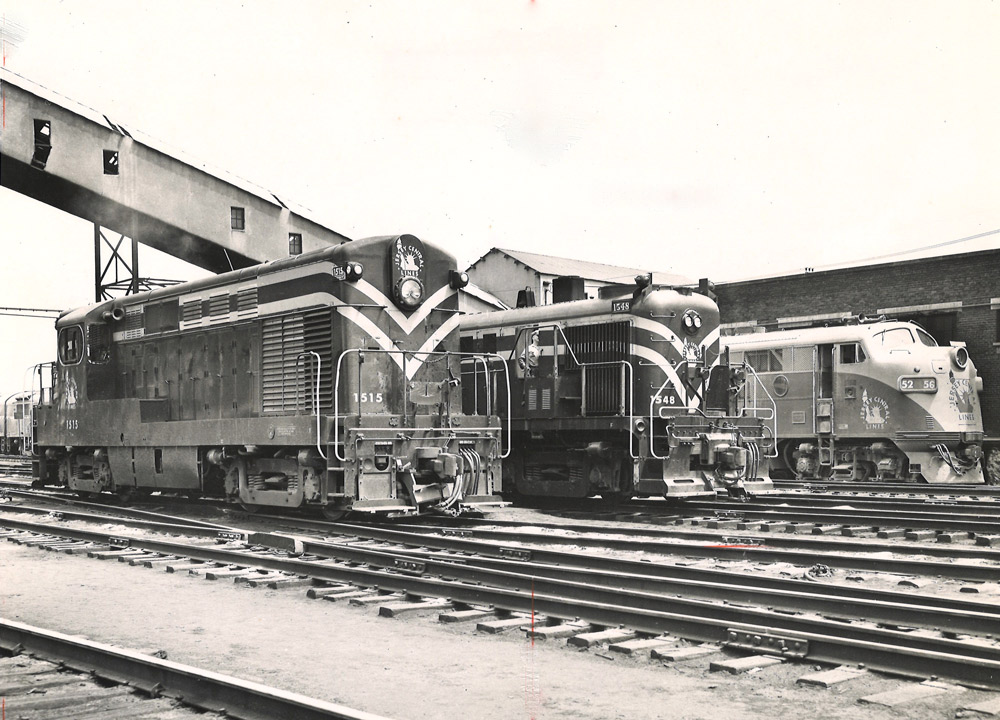
Diesel diversity
Reflecting the diversity of Jersey Central’s postwar diesel roster is this scene at Jersey City in the early 1950s. From left: Fairbanks-Morse H16-44 No. 1515 (one of CNJ’s 18 H15s and H16s), Alco RS3 No. 1548 (one of 26), and EMD F3A No. 52 (one of 10, from five A-B-A sets). The road also had more than 50 Baldwins of various models.
Photograph by Don Wood

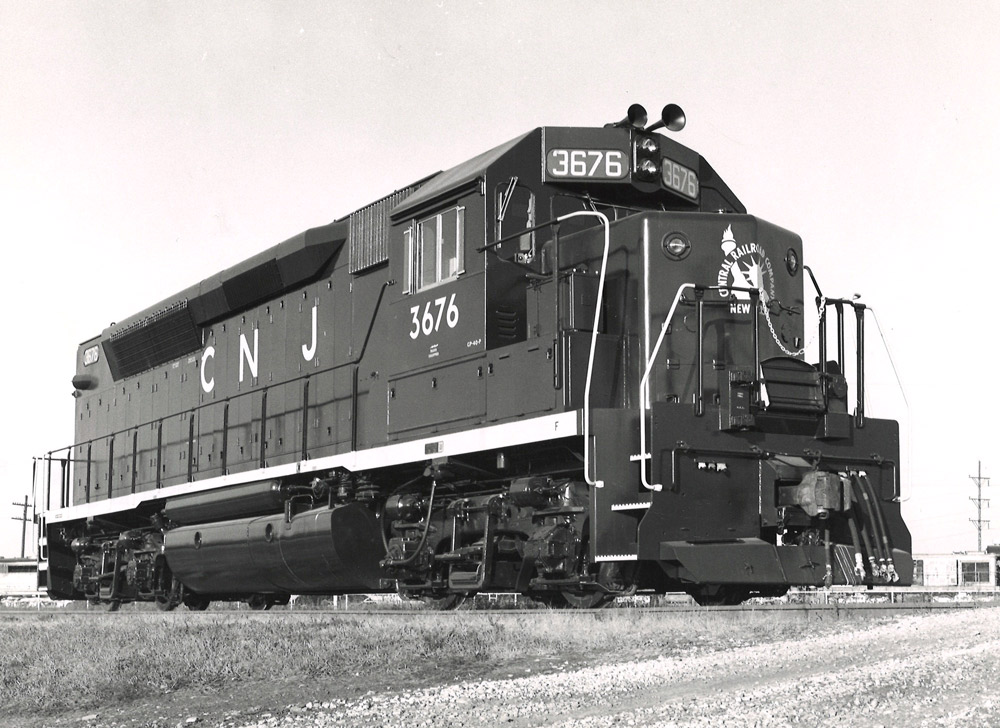
EMD GP40P diesel locomotive No. 3676
Jersey Central’s final new locomotives, delivered in 1968, were 13 variants of EMD’s GP40. Built to haul commuter trains, they had lengthened frames to accommodate a steam generator at the rear. They were painted in Baltimore & Ohio blue and yellow with B&O-style lettering.
EMD photograph

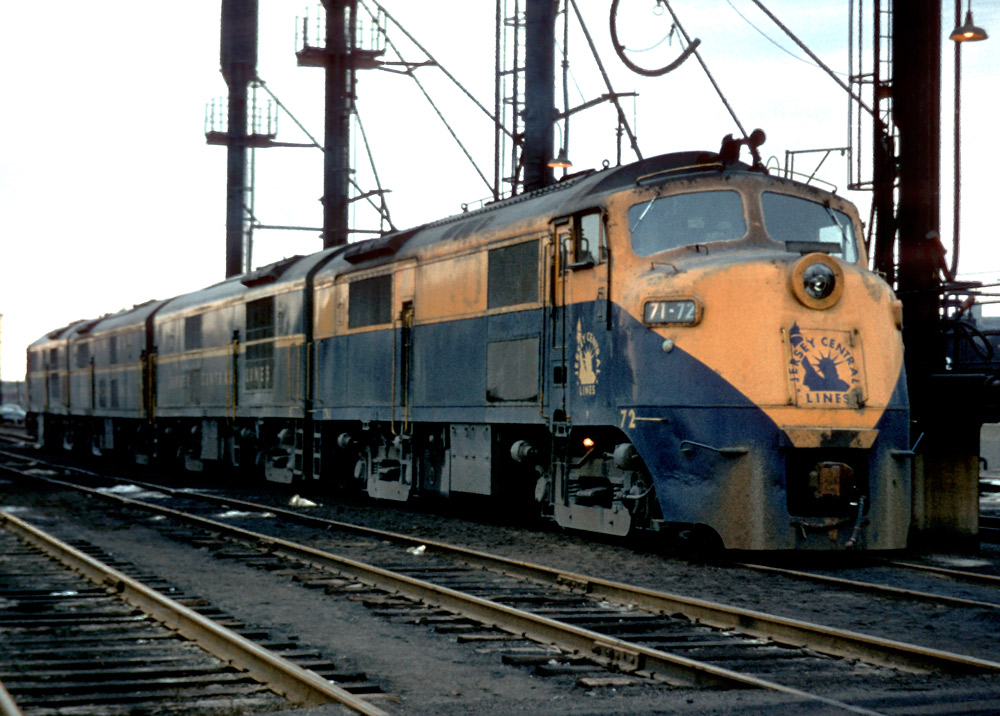
Baldwin DR-4-4-15 diesel locomotives
Jersey Central was one of three roads (with Missouri Pacific and New York Central) to buy Baldwin’s DR-4-4-15 freight units before the carbody design was changed from the “Babyface” style to the “Sharknose” type in 1948. CNJ’s Babyface fleet was the largest: 10 A units and 5 B units; some of them worked into the 1960s.
Photograph by Paul Lerman

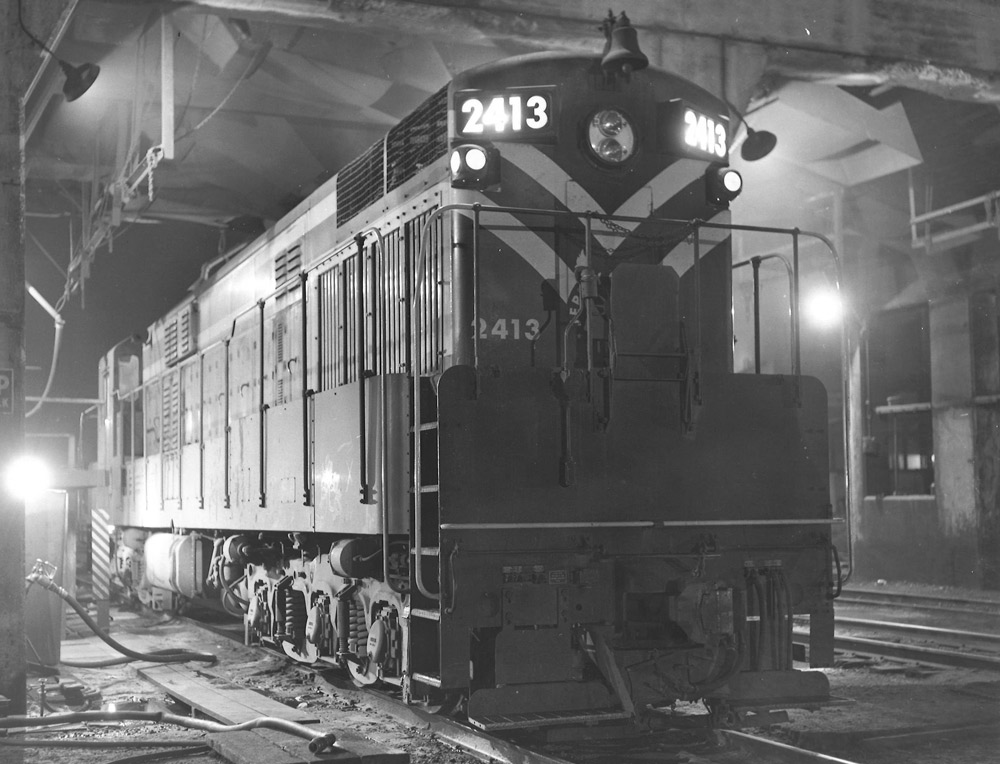
Fairbanks-Morse H24-66 diesel locomotive
Jersey Central received 13 Fairbanks-Morse H24-66 road-switchers in 1954 and ’56. Fitted with steam generators, they were used extensively in passenger service.
Photograph by Henry Treger

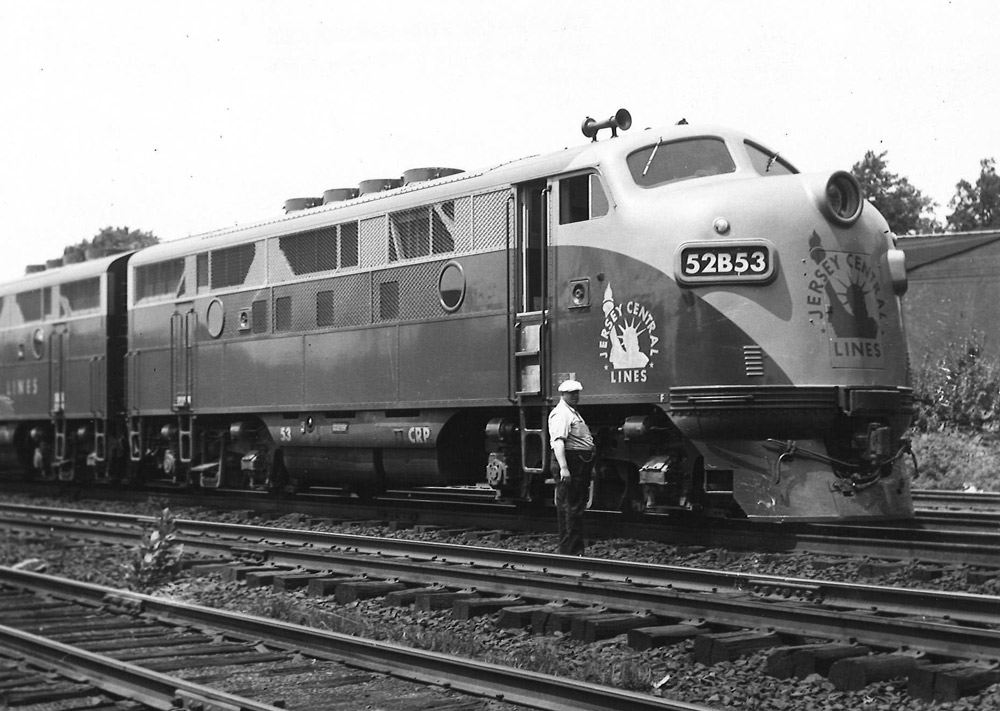
EMD F3A diesel locomotive No. 53
Jersey Central’s 10 F3As and 5 F3Bs arrived in 1947. Like the Babyfaces, which came at the same time, A-B-A sets displayed the numbers of the cab units at either end separated by a B to indicate the booster unit. Also like the Baldwins, they were assigned to subsidiary Central Railroad of Pennsylvania in an effort to avoid New Jersey taxes.
Photograph by S. Bogart

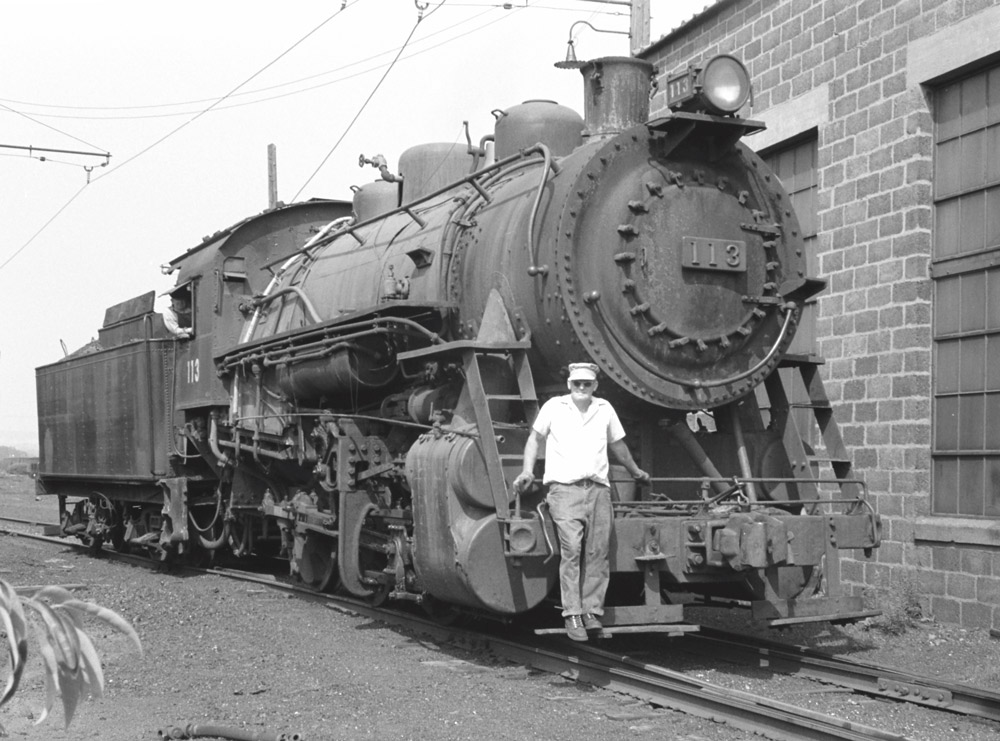
0-6-0 steam locomotive No. 113
The last active Jersey Central steam locomotive was heavy 0-6-0 No. 113, one of five that Alco built for the road in 1923. Sold to the Philadelphia & Reading Coal & Iron Co., it worked at the Locust Summit, Pa., coal breaker until 1960. It was restored to operation at Minersville, Pa., in 2012.
Photograph by Paul Stephanus

All through June 2021, Classic Trains editors are celebrating the heritage, grit, and grandeur that was the Central Railroad of New Jersey. Please enjoy this Jersey Central locomotive photograph gallery selected from the image archives of Kalmbach Media’s David P. Morgan Library.
Only from Classic Trains!






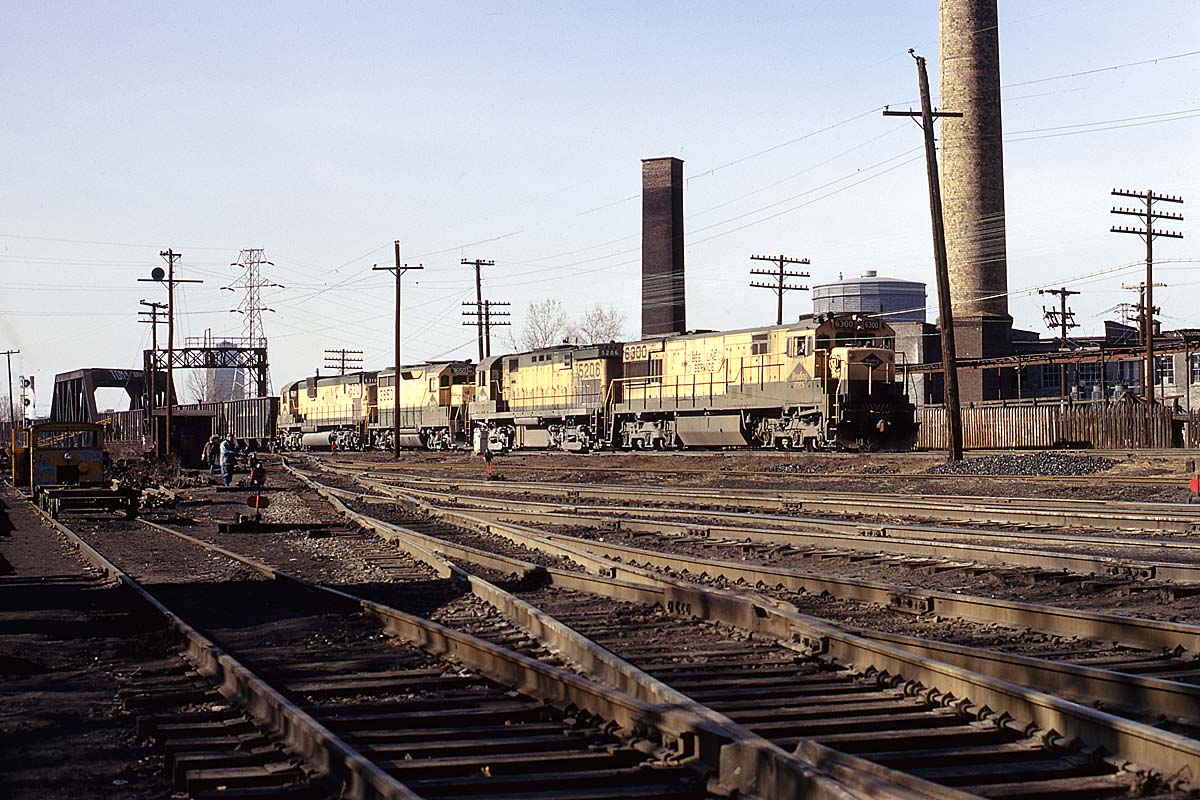
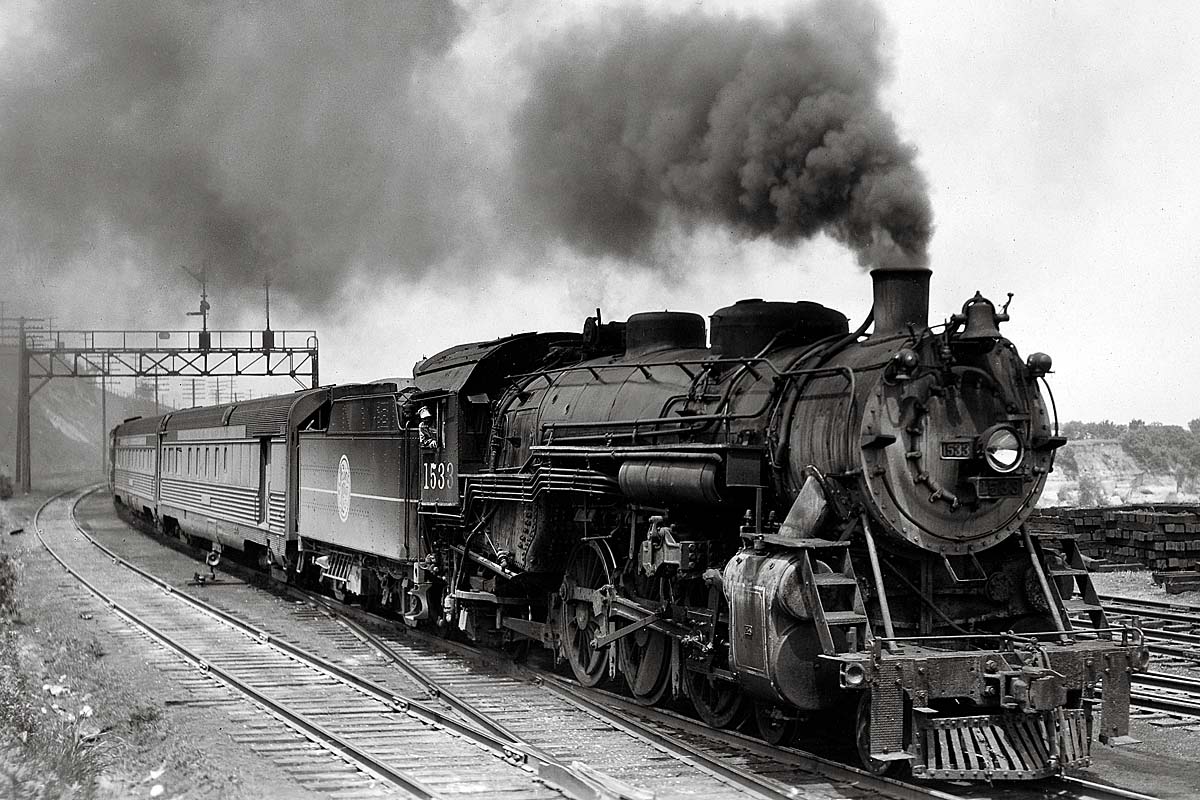






All of the “B” units, both Baldwin and EMD were not assigned cab numbers, but a unque alphabet (A-M) so the letter B represents the booster with ID lettered “B”